Brain Eating Amoeba Kerala: Kerala is currently facing a health scare after reports confirmed multiple deaths caused by the so-called “brain-eating amoeba”. Officially known as Naegleria fowleri, this rare but deadly microorganism can cause a serious brain infection called Primary Amoebic Meningoencephalitis (PAM).
As of September 2025, at least 19 people have died in Kerala, raising alarm among health authorities and the public. While the infection is rare, its high fatality rate has drawn attention worldwide. In this article, we’ll break down the latest updates, explain what brain-eating amoeba is, how it spreads, symptoms to watch for, treatment options, and, most importantly, how to stay safe.
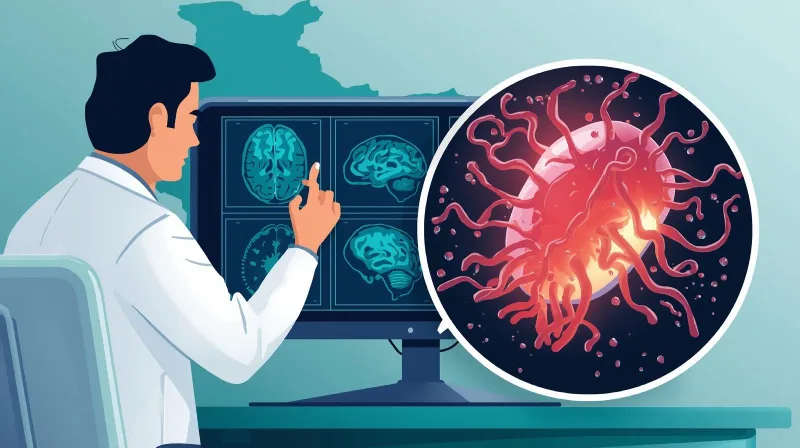
What is Brain Eating Amoeba (Naegleria fowleri)?
- The brain-eating amoeba (Naegleria fowleri) is a microscopic organism that lives in warm freshwater such as lakes, rivers, ponds, and poorly maintained swimming pools.
- Despite its frightening nickname, it does not eat the brain directly. Instead, when it enters through the nose, it travels to the brain, causing severe inflammation and tissue damage.
- This leads to Primary Amoebic Meningoencephalitis (PAM), a disease that is almost always fatal if not detected very early.
Important to Know Brain Eating Amoeba Kerala:
- The amoeba cannot infect you by drinking contaminated water.
- Infection only happens if contaminated water goes up your nose.
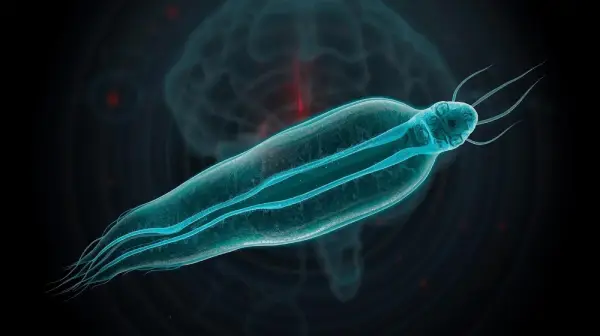
Latest Update: Brain Eating Amoeba Cases in Kerala
According to recent news reports (NDTV, BBC, The Hindu):
- Kerala has reported 19 confirmed deaths linked to the brain eating amoeba as of September 2025.
- Cases have been found in Kozhikode and nearby districts.
- A few patients have survived with intensive treatment, but survival rates remain low.
Local authorities have issued health advisories, warning people to avoid swimming in stagnant warm waters and to use clean, treated water for daily activities like bathing and religious rituals.
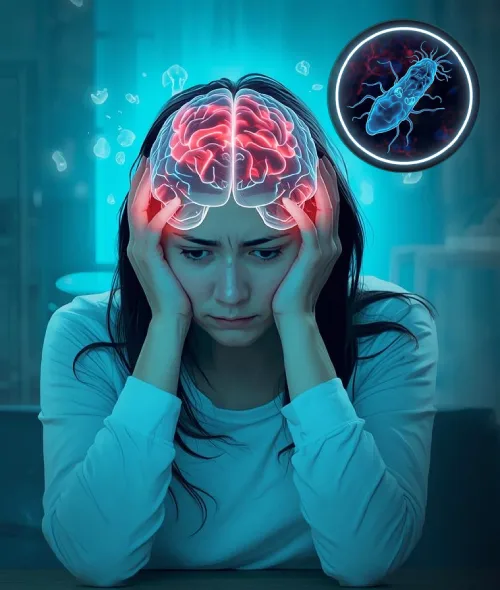
Brain Eating Amoeba Kerala Symptoms
Symptoms of infection usually begin 1-12 days after exposure. Early recognition is critical.
Stage 1: Early Symptoms of Brain Eating Amoeba Kerala
- Severe headache
- Fever
- Nausea and vomiting
- Stuffy nose or nasal congestion
Stage 2: Advanced Symptoms
- Stiff neck
- Confusion or altered mental status
- Seizures
- Hallucinations
- Loss of balance
- Coma
⚠️ Because these symptoms are similar to bacterial meningitis, diagnosis is often delayed, making treatment difficult.
Brain Eating Amoeba Kerala Symptoms by Stage
| Stage | Symptoms |
| Early (1-5 days) | Headache, fever, nausea, vomiting, nasal congestion, loss of smell or taste |
| Advanced (5-12 days) | Stiff neck, confusion, seizures, hallucinations, loss of balance, coma |
⚠️ Symptoms progress very quickly; early medical attention is crucial.
👉 “Disclaimer: This content is for informational purposes only and not a substitute for professional medical advice.”
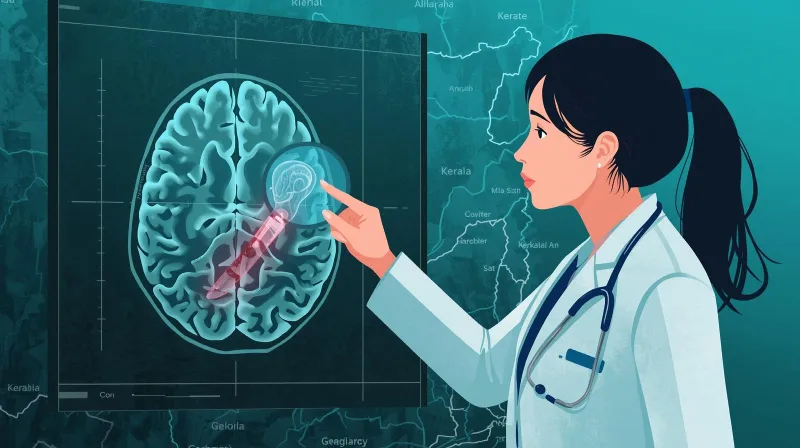
Causes: How Does Brain Eating Amoeba Spread?
- The amoeba thrives in warm, stagnant freshwater (lakes, rivers, ponds, hot springs).
- It may also survive in improperly chlorinated swimming pools or water tanks.
- Infection happens when contaminated water enters the nose, for example:
- Swimming or diving in lakes/ponds
- Using unboiled tap water for nasal irrigation (like neti pots)
- Bathing or washing with untreated water
👉 Drinking contaminated water does not cause infection.
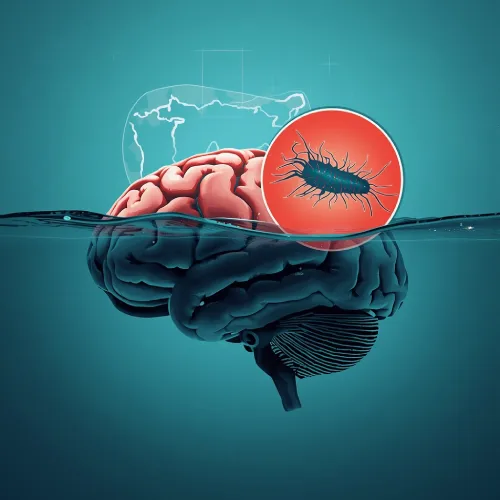
How to Avoid Brain Eating Amoeba
Health experts recommend simple preventive measures:
- Avoid swimming in warm stagnant water (especially during summer).
- Do not dive or submerge your head in lakes, ponds, or untreated pools.
- Use only boiled or distilled water for nasal rinsing or religious practices.
- Ensure swimming pools are properly chlorinated and maintained.
- Wear a nose clip if swimming in freshwater is unavoidable.
- Keep water tanks and storage containers clean and disinfected.
How to Prevent Brain Eating Amoeba Infection
| Prevention Step | Why It Matters |
| Avoid swimming in warm, stagnant water | Reduces exposure risk |
| Don’t dive or submerge head in lakes/ponds | Prevents water from entering the nose |
| Use boiled or distilled water for nasal cleansing (neti pot, rituals) | Kills amoeba before use |
| Ensure pools are properly chlorinated & maintained | Amoeba cannot survive in well-treated pools |
| Wear a nose clip if swimming in freshwater | Don’t dive or submerge your head in lakes/ponds |
| Clean and disinfect water tanks regularly | Prevents amoeba growth in stored water |
👉 “Disclaimer: This content is for informational purposes only and not a substitute for professional medical advice.”

Brain Eating Amoeba Test
Testing for brain-eating amoeba (Naegleria fowleri) infection is usually done in specialized medical laboratories and hospitals. Since the symptoms, such as fever, headache, nausea, and stiff neck, are similar to other infections, doctors often perform a spinal tap (lumbar puncture) to collect cerebrospinal fluid (CSF) for examination.
The sample is then checked under a microscope or through advanced molecular tests like PCR (Polymerase Chain Reaction) to detect the presence of the amoeba. In some cases, imaging tests such as CT scans or MRIs may be used to look for brain inflammation. Early and accurate testing is critical, as the disease progresses very quickly and requires immediate medical attention.
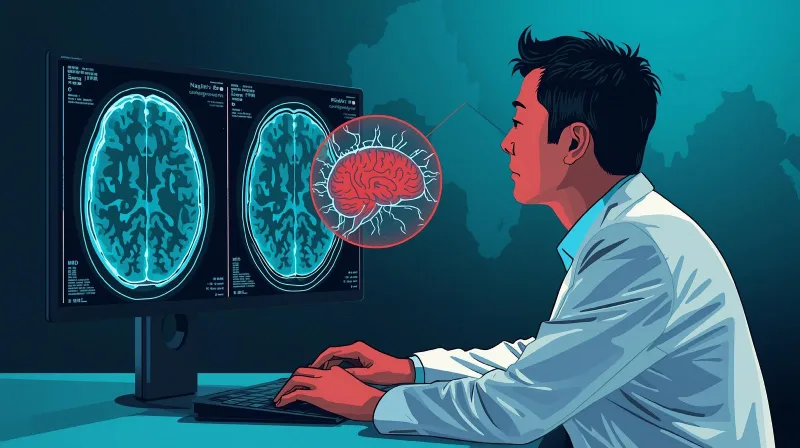
Brain Eating Amoeba Treatment
Currently, treatment is very challenging:
- The infection is usually diagnosed late, when brain damage has already occurred.
- Doctors may use a combination of antifungal and antimicrobial drugs like Amphotericin B, Miltefosine, Azithromycin, Fluconazole, and Rifampicin.
- Patients require intensive care in a hospital setting.
Even with treatment, the survival rate remains very low (less than 5%), though there have been rare survivors.
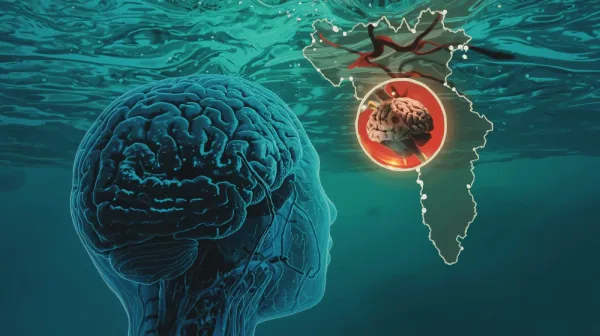
Brain Eating Amoeba in India and Kerala
- India has seen sporadic cases before, but the Kerala outbreak of 2025 is one of the most serious outbreaks on record.
- Climate change and rising temperatures may increase the risk of such infections, as warm freshwater environments become more common.
Local health departments are actively monitoring water bodies and issuing guidelines to reduce public exposure.
Safety Advisory from Health Experts
- Don’t panic – the infection is extremely rare.
- Follow preventive steps like avoiding unclean water exposure.
If you develop a severe headache, fever, or confusion after swimming, seek medical help immediately.
Conclusion
The brain-eating amoeba Kerala (Naegleria fowleri) is rare but deadly. With 19 deaths reported in Kerala in 2025, it has raised valid concerns. While treatment options are limited, prevention is the best protection.
By avoiding contaminated freshwater, using boiled water for nasal cleansing, and staying informed, you can significantly reduce your risk.
Public awareness is critical – and sharing accurate information can help save lives.
Brain Eating Amoeba Kerala FAQ
Is brain eating amoeba a virus?
No, it is not a virus. It is a free-living amoeba (single-celled organism).
Can I get infected with brain eating amoeba by drinking water?
No, infection only happens if water goes up the nose.
Where is the brain eating amoeba found?
Mostly in warm freshwater lakes, ponds, rivers, and poorly chlorinated pools.
How fast do brain eating amoeba symptoms appear?
Usually, within a week of exposure.
Is brain eating amoeba curable?
Currently, survival is rare but possible with early diagnosis and aggressive treatment.
Are brain eating amoeba cases only in Kerala?
No, brain-eating amoeba cases have been reported worldwide, but the Kerala outbreak is one of the deadliest in India.
Brain eating amoeba Kerala in Hindi (दिमाग खाने वाला अमीबा)
Many users are searching in Hindi. The infection’s scientific name is Naegleria fowleri, but in simple Hindi it’s referred to as “दिमाग खाने वाला अमीबा संक्रमण”.
Is there a blood test for brain-eating amoeba?
Currently, there is no simple blood test to detect brain-eating amoeba aka Naegleria fowleri infection. Diagnosis usually relies on cerebrospinal fluid (CSF) analysis through a lumbar puncture and laboratory testing.
How is brain-eating amoeba diagnosed?
Doctors typically collect cerebrospinal fluid (CSF) and examine it under a microscope or use molecular methods like PCR. Imaging tests such as CT or MRI scans may also help identify brain swelling caused by the infection.
How is the brain eating amoeba test done in India?
In India, testing for brain-eating amoeba (Naegleria fowleri) is mostly carried out in advanced medical colleges, research institutes, or government-approved laboratories. Not all hospitals have the facilities, so suspected cases are usually referred to specialized centers.
How long does it take to get brain-eating amoeba test results?
Traditional microscopic tests can give results within hours, while advanced PCR-based tests may take one to two days, depending on lab capacity.
⚠️ Disclaimer
This article is for educational purposes only and is not a substitute for professional medical advice, diagnosis, or treatment. If you or someone you know is experiencing symptoms that may be related to a brain-eating amoeba infection, please seek immediate medical attention. Always consult a qualified healthcare professional with any questions about your health or medical condition.

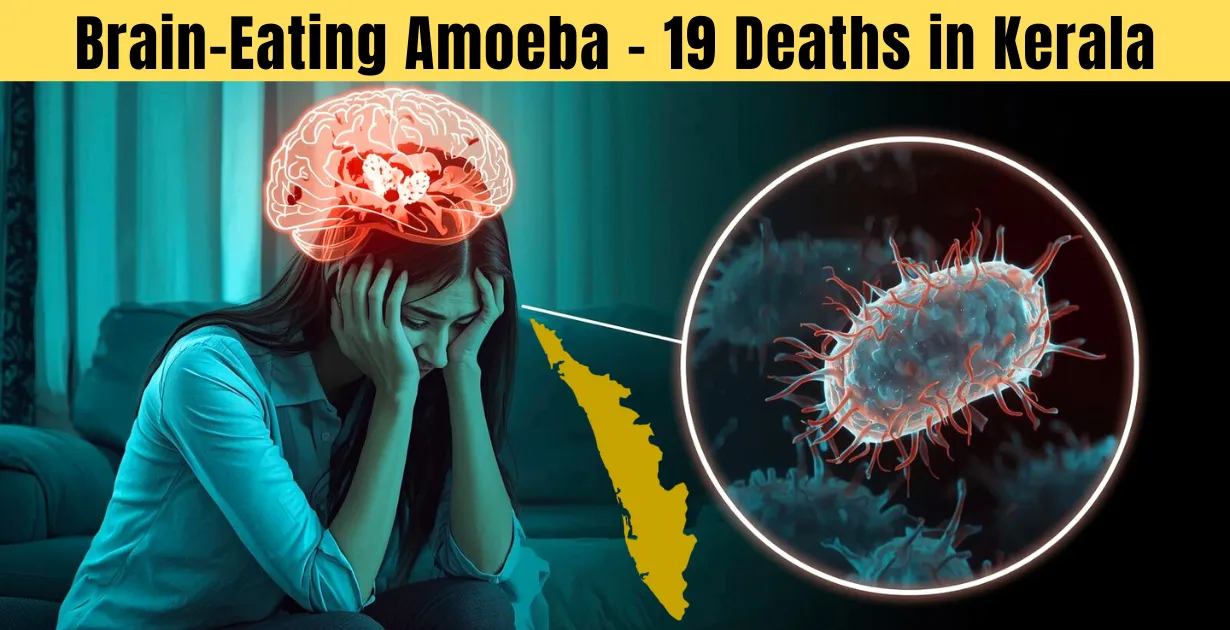




Recent Comments